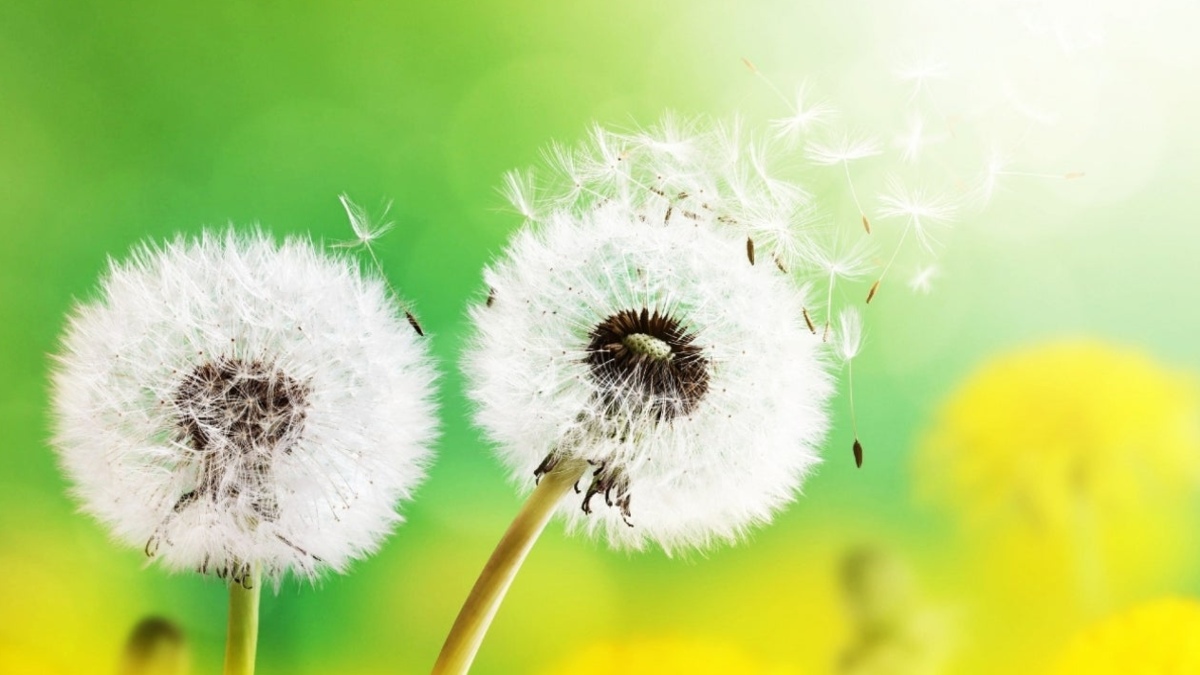


A team from the Post Graduate Institute of Medical Education and Research (PGIMER), Chandigarh and Panjab University, Chandigarh, conducted a study to examine the seasonal periodicities of airborne pollen spectrum and developed a pollen calendar for Chandigarh for the first time for any city in India. Spring season is beautiful, but if you have seasonal allergies, it may be the worst time for you. Pollen is released by plants, making millions of people suffer from hay fever/pollinosis/allergic rhinitis.
Pollen grains are male biological structures with the primary role of fertilization, but when inhaled by humans, they may strain the respiratory system and cause allergies. They are found suspended in the air and cause widespread upper respiratory tract and naso-bronchial allergy with manifestations like asthma, seasonal rhinitis, and bronchial irritation. Pollens are considered major outdoor airborne allergens responsible for allergic rhinitis, asthma, and atopic dermatitis in humans.
Considering these concerns, the team of PGIMER doctors and Panjab University conducted a study.
In the current study, the PU-PGI group has explored the main pollen seasons, their intensities, variations and aerobiologically significant pollen types in Chandigarh. The study revealed the first pollen calendar for Chandigarh to provide up-to-date information and highlight the variability of crucial pollen types in different seasons. The prominent airborne pollen dominating seasons were spring and autumn, with maximum species when the phenological and meteorological parameters are considered favorable for pollen grains’ growth, dispersion, and transmission.
The Team is comprising of Dr. Ravindra Khaiwal, Additional Professor of Environmental Health, Department of Community Medicine and School of Public Health and Dr. Ashutosh Aggarwal, Professor and Head, Department of Pulmonary Medicine from PGIMER, Chandigarh, India and Dr. Suman Mor, Chairperson and Associate Professor including Ms. Akshi Goyal and Mr. Sahil Kumar, Research Scholar from Department of Environment Studies, Panjab University, Chandigarh, India.
Dr. Khaiwal, the lead investigator, mentioned that Chandigarh had reported a remarkable increase in forest cover in recent years. He further mentioned that a rise in green spaces would also increase airborne pollen, consequently increasing pollen-related allergic ailments.
Dr. Mor highlighted that the study aims to bring airborne pollen seasonal information to the susceptible population, healthcare professionals, policymakers, and scientists to be familiar with the current changes in the environment, which can further help develop mitigation strategies. Dr. Ashutosh Aggarwal stated that the finding of this study would enhance the understanding of airborne pollen seasons, which may further help to minimize pollen allergies.
The airborne pollen calendar provides a clear understating for clinicians and allergy sufferers to identify potential allergy triggers and help to limit their exposure during high pollen loads- said Dr. Khaiwal. He further added that most of the pollen species found in the study are considered to have high allergy-causing potential, such as Alnus sp., Betula sp., Cannabis sativa, Eucalyptus sp., Morus alba, Pinus sp., Partheniumhysterophorus, Amaranthaceae/Chenopodiaceae, Poaceae, etc.
The study is recently published in Atmospheric Environment, which is a reputed peer-reviewed international journal by Elsevier. Pollen and other bioaerosols could make a significant fraction of the ambient particulate matter and hence also need to be studied further to minimize the risk of pollen allergy in India in changing climate.